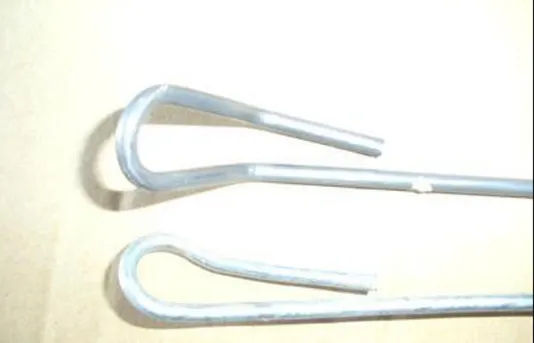-
 Phone:
Phone: -
 Email:
Email:

wire mesh for rock walls
The Use of Wire Mesh for Rock Walls Enhancing Stability and Safety
Rock walls are integral components in various engineering and construction projects, particularly in hilly or mountainous regions where stability is crucial. The potential for rockslides and erosion poses significant risks to both structures and human life. To mitigate these risks, the application of wire mesh has emerged as a practical and effective solution. This article explores the benefits, applications, and types of wire mesh used in rock wall reinforcement.
What is Wire Mesh?
Wire mesh is a grid-like structure made from interwoven steel wires. It is designed to provide support, maintain structural integrity, and protect against rockfalls in applications such as slopes, retaining walls, and rock faces. The tensile strength and flexibility of wire mesh make it an ideal choice for stabilizing rocks and preventing erosion.
Benefits of Using Wire Mesh
1. Enhanced Stability One of the primary functions of wire mesh in rock walls is to enhance stability. By securing loose rocks and creating a barrier against potential rockfalls, wire mesh helps preserve the integrity of slopes and reduces the likelihood of landslides.
2. Cost-Effectiveness Compared to more extensive engineering solutions such as concrete barriers or extensive excavation, wire mesh is relatively economical. It requires less material, is easy to install, and can be adapted to various terrains, ultimately saving both time and resources.
3. Erosion Control Wire mesh fosters vegetation growth by providing a supportive structure for soil and plants. This natural reinforcement is essential for reducing erosion, as vegetation effectively binds the soil, while the wire mesh holds everything in place during extreme weather events.
4. Flexibility and Adaptability Wire mesh can be tailored to fit the specific needs of a project. Different gauges, weave patterns, and coating materials can be utilized depending on the environmental conditions and the desired level of protection.
wire mesh for rock walls

5. Environmentally Friendly Unlike traditional concrete options, wire mesh allows for the natural water drainage that is essential in preventing soil saturation. Its design promotes ecological balance, ensuring that the natural habitat is minimally disrupted.
Applications of Wire Mesh
Wire mesh can be applied in a variety of contexts, including
- Slope Stabilization In highways and railways situated near steep terrains, wire mesh is often employed to stabilize slopes and protect transportation routes from falling debris.
- Retaining Walls When constructing retaining walls, wire mesh can provide additional support, preventing soil erosion behind the wall and enhancing its overall effectiveness.
- Rockfall Protection In mountain regions, wire mesh fencing can be installed to catch loose rocks before they pose a danger to roads or populated areas. This protective measure is especially critical in areas prone to sudden rockfalls.
- Gabion Structures Wire mesh is used to create gabions—cages filled with rock or other materials—which serve as effective barriers for erosion control and landscape stabilization.
Conclusion
The use of wire mesh for rock walls represents a fusion of engineering and environmental stewardship. Its benefits in enhancing stability, controlling erosion, and adapting to various landscapes make it a favored choice among engineers and builders. As the demand for sustainable and resilient construction practices continues to rise, wire mesh will undoubtedly play a pivotal role in ensuring the safety and durability of structures in challenging terrains. In an era where environmental considerations are paramount, leveraging the advantages of wire mesh can lead to safer, more stable landscapes for future generations.
-
Wire Mesh for Every Need: A Practical SolutionNewsJul.25,2025
-
Steel Fences: Durable, Secure, and Stylish OptionsNewsJul.25,2025
-
Roll Top Fencing: A Smart Solution for Safety and SecurityNewsJul.25,2025
-
Cattle Farm Fencing Solutions for Maximum SecurityNewsJul.25,2025
-
Affordable Iron Binding Wire SolutionsNewsJul.25,2025
-
Affordable Galvanized Wire SolutionsNewsJul.25,2025
-
Wire Hanger Recycling IdeasNewsJul.25,2025








